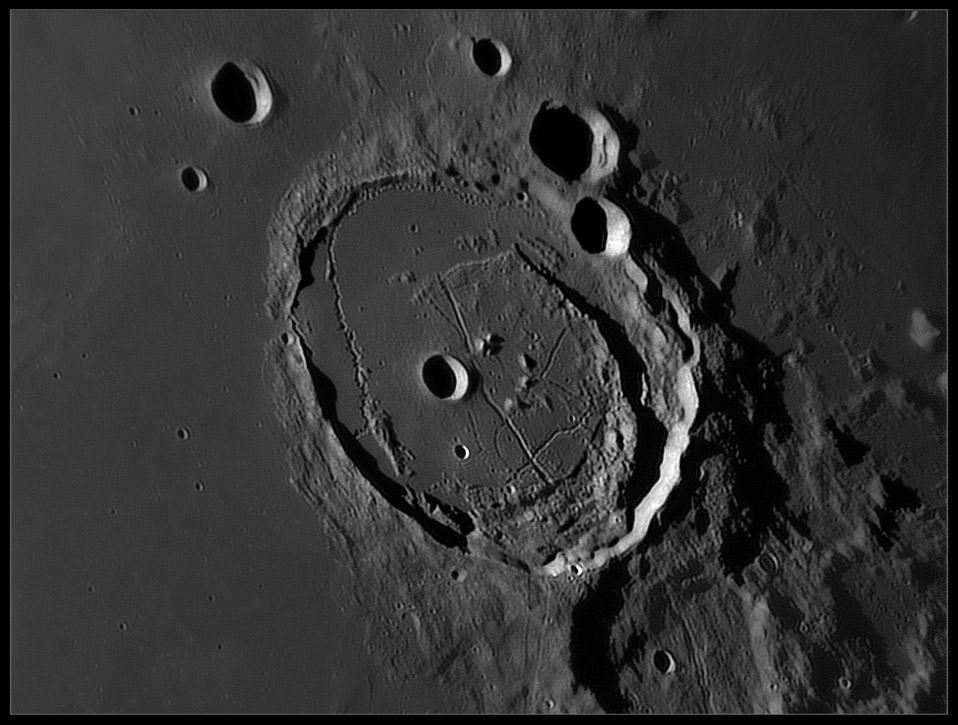Difference between revisions of "October 4, 2013"
| Line 3: | Line 3: | ||
<!-- ws:start:WikiTextHeadingRule:0:<h1> --> | <!-- ws:start:WikiTextHeadingRule:0:<h1> --> | ||
<!-- ws:start:WikiTextLocalImageRule:6:<img src="/file/view/LPOD-Oct4-13.jpg/456590668/LPOD-Oct4-13.jpg" alt="" title="" /> -->[[File:LPOD-Oct4-13.jpg|LPOD-Oct4-13.jpg]]<!-- ws:end:WikiTextLocalImageRule:6 --><br /> | <!-- ws:start:WikiTextLocalImageRule:6:<img src="/file/view/LPOD-Oct4-13.jpg/456590668/LPOD-Oct4-13.jpg" alt="" title="" /> -->[[File:LPOD-Oct4-13.jpg|LPOD-Oct4-13.jpg]]<!-- ws:end:WikiTextLocalImageRule:6 --><br /> | ||
| − | <em>image by [mailto:dpeach_78@yahoo.co.uk | + | <em>image by [mailto:dpeach_78@yahoo.co.uk Damian Peach]</em><br /> |
<br /> | <br /> | ||
| − | About 18 months ago I added a new page to the [http://the-moon.wikispaces.com/home Moon Wiki] called <em>[http://the-moon.wikispaces.com/The+Best+Ever%21 The Best Ever!]</em> for LPOD images that are superb. I neglected that page for too long; we have another addition to that list today (and really many more to be added from the last few months). Damian's image captures an apparent string of bright and dark knots along the north wall of Posidonius that actually is one of the most sinuous rilles on the Moon. Previously we relied on a series of Apollo 15 [http://www.lpi.usra.edu/resources/apollo/frame/?AS15-91-12368 | + | About 18 months ago I added a new page to the [http://the-moon.wikispaces.com/home Moon Wiki] called <em>[http://the-moon.wikispaces.com/The+Best+Ever%21 The Best Ever!]</em> for LPOD images that are superb. I neglected that page for too long; we have another addition to that list today (and really many more to be added from the last few months). Damian's image captures an apparent string of bright and dark knots along the north wall of Posidonius that actually is one of the most sinuous rilles on the Moon. Previously we relied on a series of Apollo 15 [http://www.lpi.usra.edu/resources/apollo/frame/?AS15-91-12368 images] that revealed the true nature of this rille, and its continuation that hugs the crater's western rim, but now a single LRO [http://bit.ly/19lrAyw mosaic] shows nearly all of it (and a privately processed [http://lpod.wikispaces.com/September+19%2C+2010 LRO] is even more dramatic). On Earth, river meanders depend partially upon the slope of the ground traversed - steep is straight, and very flat meanders. Presumably this is also true on the Moon for sinuous rille lava flows. LRO altimetry data provide the opportunity to compare rille slope and sinuosity - an M.S. project waiting to be started. Finally, you might be a little embarassed to notice the dark fishhook - an apparent defect - on the wall of Posidonius J just northeast of the crater. Don't be, its a real lunar [http://bit.ly/1bBL4NM feature].<br /> |
<br /> | <br /> | ||
| − | <em>[mailto:tychocrater@yahoo.com | + | <em>[mailto:tychocrater@yahoo.com Chuck Wood]</em><br /> |
<br /> | <br /> | ||
<strong>Technical Details</strong><br /> | <strong>Technical Details</strong><br /> | ||
| Line 14: | Line 14: | ||
<strong>Related Links</strong><br /> | <strong>Related Links</strong><br /> | ||
<em>[http://lpod.wikispaces.com/21st+Century+Atlas+of+the+Moon 21st Century Atlas]</em> chart 8.<br /> | <em>[http://lpod.wikispaces.com/21st+Century+Atlas+of+the+Moon 21st Century Atlas]</em> chart 8.<br /> | ||
| − | Damian's [http://www.damianpeach.com/ | + | Damian's [http://www.damianpeach.com/ website]<br /> |
| − | Damian's Facebook [http://www.facebook.com/peachastro | + | Damian's Facebook [http://www.facebook.com/peachastro page]<br /> |
<br /> | <br /> | ||
<hr /> | <hr /> | ||
Revision as of 17:10, 11 January 2015
Raising the Bar

image by Damian Peach
About 18 months ago I added a new page to the Moon Wiki called The Best Ever! for LPOD images that are superb. I neglected that page for too long; we have another addition to that list today (and really many more to be added from the last few months). Damian's image captures an apparent string of bright and dark knots along the north wall of Posidonius that actually is one of the most sinuous rilles on the Moon. Previously we relied on a series of Apollo 15 images that revealed the true nature of this rille, and its continuation that hugs the crater's western rim, but now a single LRO mosaic shows nearly all of it (and a privately processed LRO is even more dramatic). On Earth, river meanders depend partially upon the slope of the ground traversed - steep is straight, and very flat meanders. Presumably this is also true on the Moon for sinuous rille lava flows. LRO altimetry data provide the opportunity to compare rille slope and sinuosity - an M.S. project waiting to be started. Finally, you might be a little embarassed to notice the dark fishhook - an apparent defect - on the wall of Posidonius J just northeast of the crater. Don't be, its a real lunar feature.
Chuck Wood
Technical Details
Sept 24, 2103. 356mm reflector. ASI120MM.
Related Links
21st Century Atlas chart 8.
Damian's website
Damian's Facebook page



